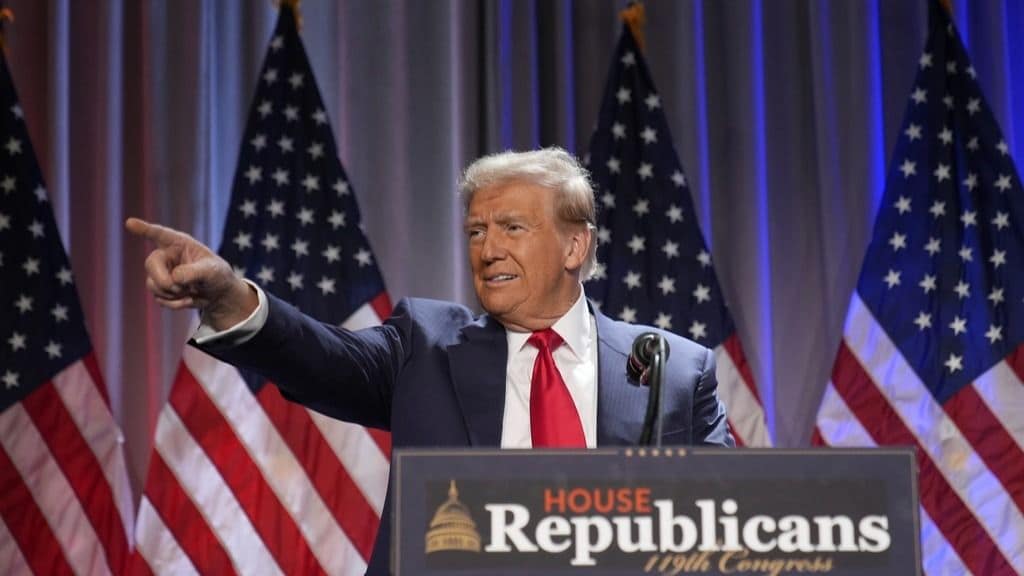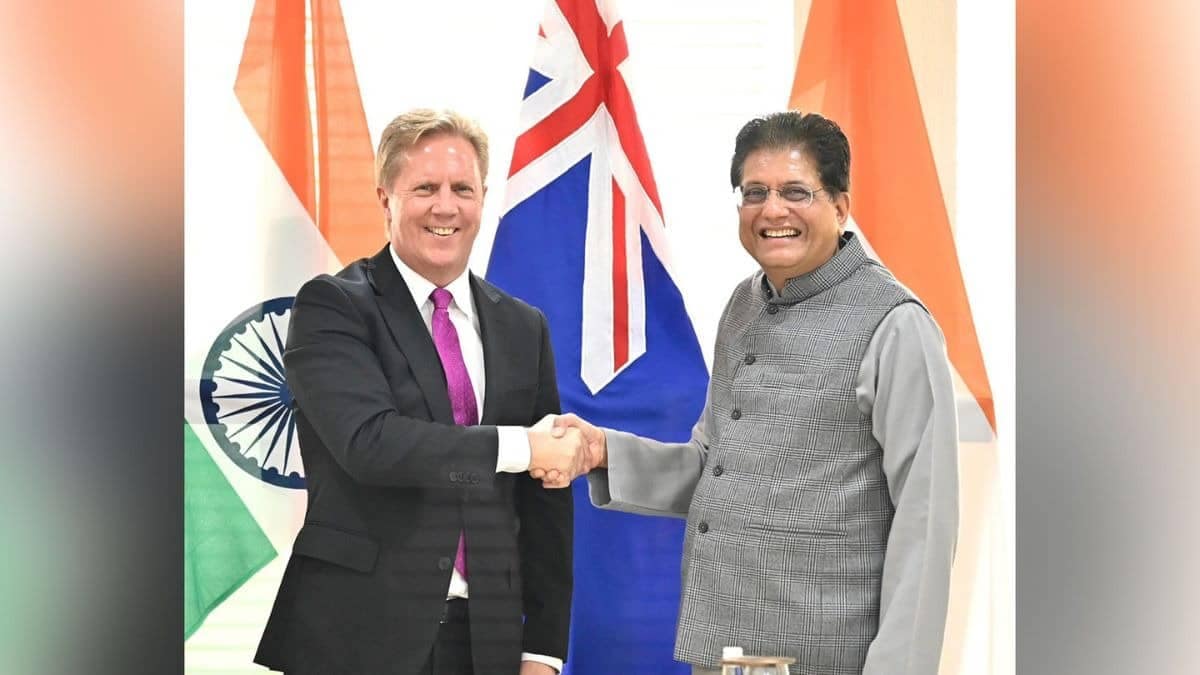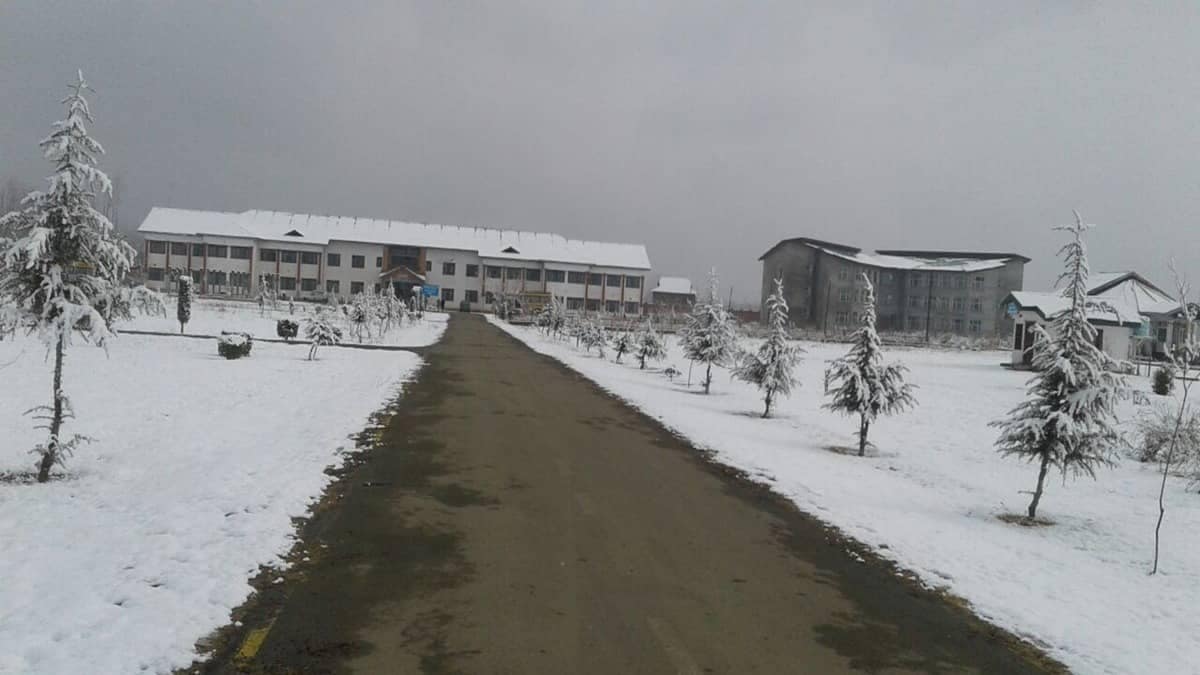
The United States is likely to impose nearly 40% tariffs on imports from China early next year, according to media reports.
President-elect Donald Trump is set to take office from January onwards, and he pledged during his campaign to slap heavy tariffs on Chinese imports in line with his “America First” trade policy. This has caused a lot of discomfort to Beijing and has increased growth risks for China.
Reuters recently conducted a poll of economists which showed the tariffs posed by the United States could slice growth in the country by up to 1 percentage point.
As compared to the earlier tariff rates, which were 7.5%-25% that the US levied from China, the threatened tariff rates are much higher during Trump’s first term and the economy is also in a much more vulnerable position due to prolonged property downturn, debt risks and weak domestic demand.
The poll was conducted between more than 50 economists from November 13- November 20 and it showed a strong majority both in and outside mainland China, as it expects Trump to impose these tariffs by early next year with a median estimate of 38% and projections ranging from 15% to 60%.
What Do These Economists Think?
Most of these economists do not expect a blanket 60% tariffs on Chinese goods in the first half of the year as this will accelerate inflation within the US.
“We expect the new U.S. administration to bring back the original plan of Trump 1.0,” ANZ’s chief economist Raymond Yeung said, estimating that the average tariff on Chinese goods could be raised by 32–37%.
Chinese policymakers have been pressured with the domestic demand to offset an expected drop in exports – a key driver of growth, according to analysts.
The poll predicted that the new US tariffs would reduce China’s 2025 economic growth by around 0.5-1.0 percentage point.
All economists are eagerly waiting for trump administration’s China trade policies which could lead to potential downgrades in China’s outlook.
However, they still hope that exports will be a key pillar for growth as the global demands remain strong.
Economists polled by Reuters have also lowered their consumer price inflation forecasts to 1.1% for next year and 1.4% for 2026, down from the previously anticipated 1.4% and 1.6% in the October survey.





